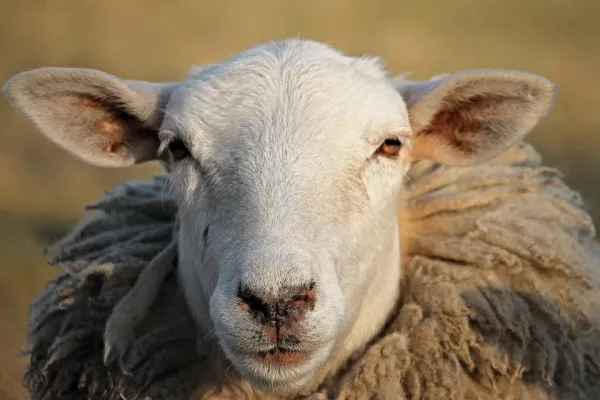Almost 19 thousand tons of meat have been received in the Stavropol Territory. Farms have made a great contribution to the common cause. And large enterprises are introducing genomic selection methods.
For example, at the breeding farm in the Ipatovsky district, they began to improve the qualities of the Dzhalgin and Russian merinos. Lana Volkova in the story will talk about ambitious plans to create "ideal" lambs.
Institute of sheep breeding in Stavropol. Here is a laboratory of genomic selection and molecular genetic expertise, unique in the North Caucasus Federal District, where DNA samples are isolated. The analysis shows the "reliability" of origin. A drop of blood gives comprehensive information.
“The principle is the same as in humans. It is the same with animals,” says Tatyana Saprykina, junior researcher at the Laboratory of Genomic Selection and Reproductive Cryobiology.
Now geneticists are working on improving the Dzhalga and Russian merinos. The tasks are to maintain wool productivity and increase meat quality. There is a high probability that they will receive a fundamentally new breed.
“Of course, we would like, as a result of our work, to get a really new breed, especially genetically confirmed. Because, until today, we generally do not have genetic passports for breeds. And all definitions of the breed are carried out only by appearance and by origin. They have some kind of record in their pedigrees that they descended from the Australians who were brought here. Or some others. It is only on them that the breed affiliation is now based. We want to introduce a proper scientific approach into this,” said Alexander Krivoruchko, head of the genetics and biotechnology department of the North Caucasus Federal Scientific Agrarian Center.
In Bolshaya Dzhalga there is the only breeding farm in the country for growing Dzhalga and Russian merinos. Both breeds are of Stavropol origin. It was Stavropol that set the state task in the 1940s - to give the country high-quality fine wool.
“In the years of Soviet power, when work began to improve the breed qualities, to create fine-fleeced breeds of sheep, Bolshaya Dzhalga also did not stand aside. The famous professor Mikhail Ivanovich Sannikov worked here. A scientist from the All-Russian Institute of Sheep and Goat Breeding,” says Igor Serdyukov, head of the breeding farm.
A portrait of Sannikov still hangs on the board of the stud farm. In 1944 he began to work on fine-fleeced merino. Then his work was forgotten for a long time. The Dzhalga Merino was officially recognized in the 1990s. And they started talking about the breed even later, when the sanctions forced them to do import substitution.
But such beauties have competitors - hornless, with silk wool. Six farms of the region combined knowledge, so the Russian merino appeared. It is one of the best fine-wool breeds in Russia.
© Inline LLC 2015-2025. Privacy Policy | Terms of Service